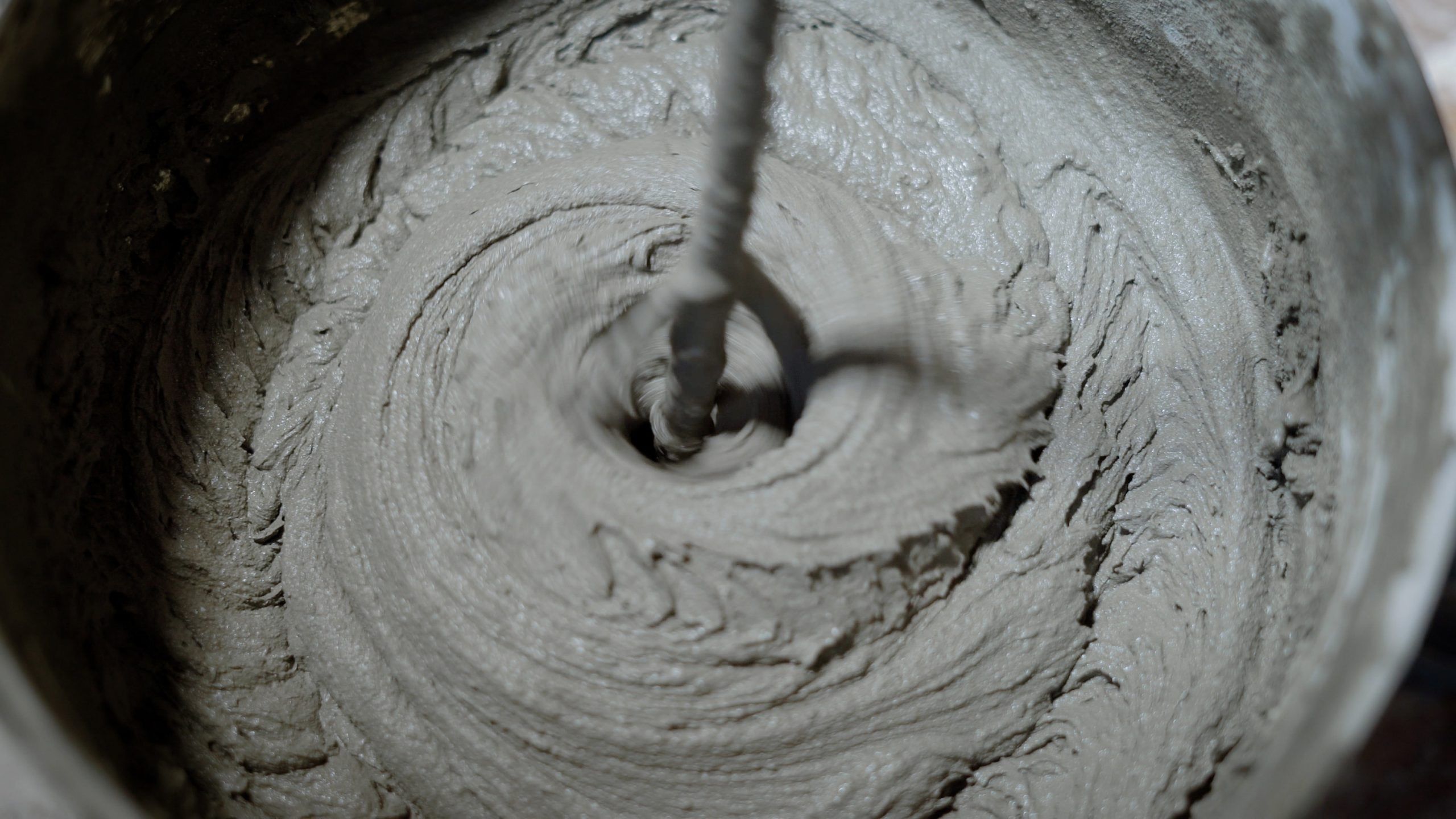High-quality concrete is of vital importance for any construction project as it helps to improve the workability and appearance of structures. Furthermore, it is necessary to bear in mind that multiple factors, including variations in the mixing techniques, mixing of proportions, materials quality, etc have an impact on the quality of concrete.
Therefore, to diminish these variations to minimum construction workers perform concrete’s quality controls. In this article, the Haggarty Group will briefly outline some of the benefits of quality controls to then explain what you need to look out for when doing them.
As mentioned previously, quality controls are fundamental to ensure a uniform high-quality concrete that meets the job’s characteristics. In doing so, quality controls bring benefits to the project in the long and short term:
1. Reduces maintenance and reparations’ costs.
2. Guarantees that weaknesses in areas of the structure are compensated in other areas, reducing the risk of accidents.
3. Ensures logical use of available resources.
4. Minimises the risks of overdesign, hence reduces the overall projects’ costs.
Common issues you may find performing quality controls
Concrete can present some issues that commonly emerge from either the releasing process or during the demolding process https://blog.ecoratio.com/achieve-high-quality-concrete. In this article, we will focus on problems that arise during the demolding of the concrete from molds and frameworks.
- Surface voids: Although they do not have a major impact on the strength; these holes affect the structure from an aesthetical perspective. This normally is the consequence of using low-quality agents or because the release agent was not used correctly.
- Dust: It indicates high weakness in the structure; incorrect application of water and insufficient curing times can lead to the creation of porous surfaces resulting in the formation of layers of dust.
- Sticking: This problem can occur due to multiple factors. One of the most common is the insufficient application of the release agent leading the concrete to adhere to the mold making it unusable.
Give us a call or talk to one of our specialists at 07 3281 8144 to learn more about concrete best practices, quality controls, and some additional tips to produce high-quality concrete for your next project. Or visit http://www.haggarty-test.dev.cc/services/concreting-supplies/ to see all the products, tools, and equipment we have in store. All you need at your one-stop shop!




























 Roofing
Roofing Steel
Steel Concreting
Concreting Fencing
Fencing Carports & Patios
Carports & Patios Welding Supplies
Welding Supplies Oils & Lubricants
Oils & Lubricants Accessories
Accessories